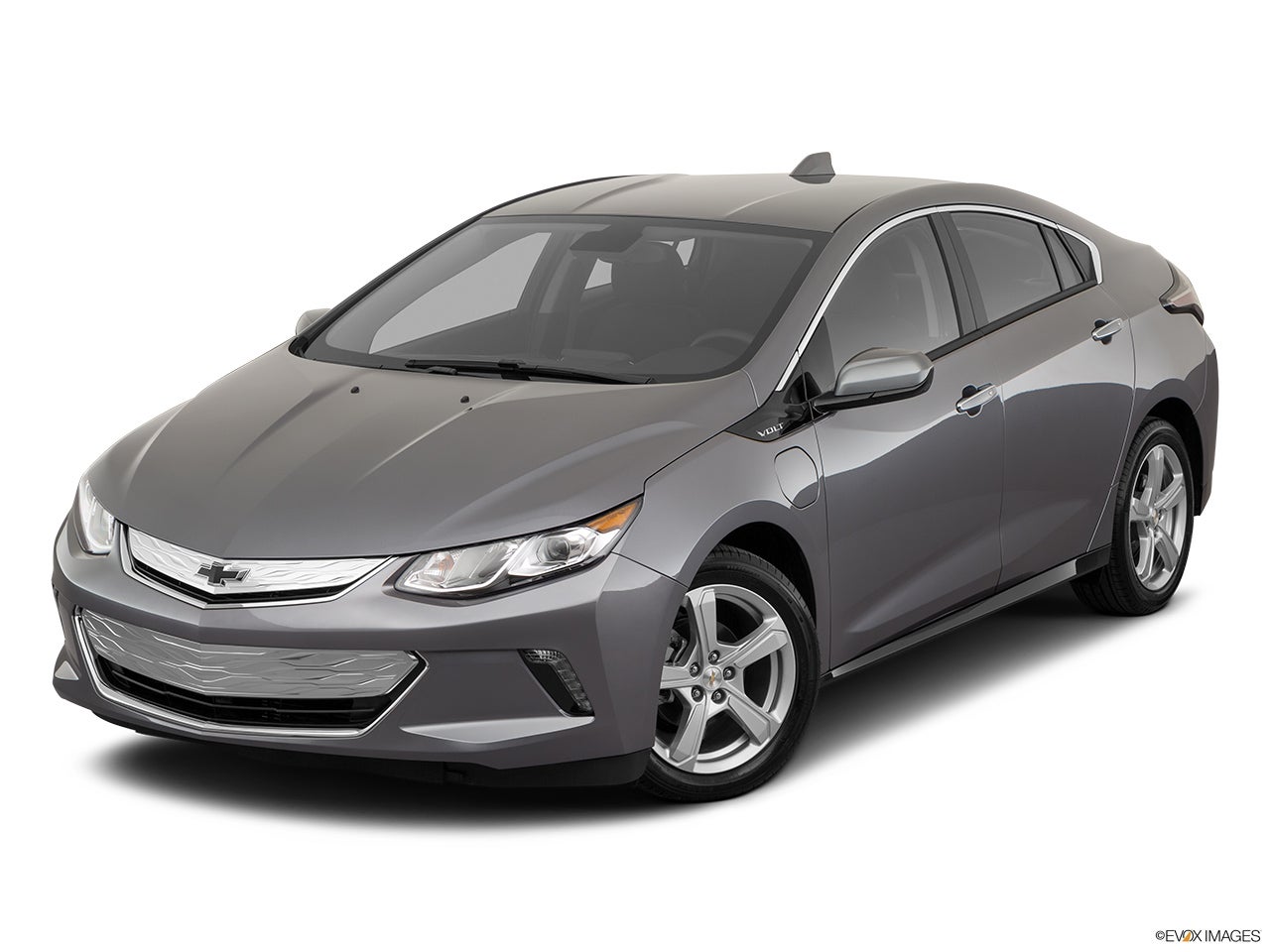
It’s notable that Kia introduced two electric SUVs. If battery electric vehicle sales are on the rise, gasoline-powered SUV sales are skyrocketing - in the U.S. “Consumers are starting to ask us: ‘Why you would you have a plug-in hybrid? Why bother? We like driving past the gas station,’” he said at an L.A. Stephen Kosowski, manager of long-range strategy and planning at Kia, said that once a car surpasses 200 miles of range, customers talk a lot less about range anxiety. Auto Show last month with over 200 miles of range: the Niro and the Soul. The Korean automaker unveiled two battery electric SUVs at the L.A. Kia Motors is also responding to growing consumer demand for all-electric vehicles. The Leaf E-Plus was scheduled to launch in November, but Nissan chose to delay in light of Nissan, Renault and Mitsubishi chairman Carlos Ghosn’s arrest for financial crimes.

The 2019 Leaf E-Plus is expected to have a 60-kilowatt-hour battery, which would bring the electric range above 220 miles. At the same time, Nissan is revamping its flagship Leaf.Ĭurrent Leaf vehicles come with a 40-kilowatt-hour battery and roughly 150-mile range, which is quickly becoming one of the shortest all-electric car ranges out there. Going forward, Renault-Nissan-Mitsubishi plans to develop eight new pure-electric vehicles by 2022. The Alliance is currently leading the EV market in Europe, by a healthy margin. Last year, the Renault-Nissan-Mitsubishi Alliance held the record for most EVs sold anywhere in the world and may hang on to that title in 2018 as competitors continue to scale up production. The Japanese automaker spearheaded the modern battery electric vehicle market in 2010 with the launch of the all-electric Leaf. Nissan, for instance, is ( finally) doubling down on its battery electric vehicle lineup. GM isn’t the only automaker taking this approach. Last year, GM announced that the Chevy Bolt is just the first of at least 20 new all-electric vehicles (which includes fuel-cell electric vehicles) that the company will launch by 2023. GM CEO Mary Barra has stated repeatedly that her company is committed to an “all-electric future.” In a speech earlier this year, Barra said that commitment “is unwavering, regardless of any modifications to future fuel economy standards,” referring to an ongoing policy battle over vehicle emissions rules in the U.S. The additional equipment needed to make a plug-in hybrid is expensive, while GM committed to making the Volt price-competitive at around $35,000. The Volt has also been a money-loser for GM. But now that the market is primed and GM has successfully commercialized long-range EV technology (the Bolt boasts a 238-mile electric range), it’s time to commit to a bigger transition both from a production standpoint and a vehicle standpoint, said Balch. GM's cumulative Volt sales are still greater than Tesla's, as of today. The Volt is retiring with the title of the bestselling electric car in America. In California, the nation’s largest EV market by far, pure electric-vehicle sales surpassed plug-in hybrids in 2015 and have since expanded their share of the market.

That trend is apparent across the EV market. “We’re seeing that as.our customers are leaving the Volt to get into the Bolt EV.” “The need to carry around a backup generator under the hood is just going away,” Balch said. Now there are upward of 23,000 public charging stations in the U.S. When GM launched the first-generation Volt, there was virtually no public charging infrastructure. Auto Show.ĭrivers are also getting over range anxiety, he said. “What we're finding is that consumers are…carrying around this engine and driving on full electricity,” said Shad Balch, Chevrolet spokesperson, in a recent interview at the L.A.

For longer journeys, the car seamlessly switches over to using its small gasoline engine to power an on-board generator, for a total hybrid range of more than 400 miles.īut GM's customer data shows that Volt owners simply aren’t turning on their gasoline engines all that much anymore. The Volt isn't part of that plan, news that EV fans took hard.Ī primary selling point for the Volt was that owners could go (mostly) electric without having to compromise on range. The Volt’s roughly 50-mile electric range covers most daily commutes in America.

GM said it will focus on growing its truck and SUV business, while prioritizing future investments in next-generation of battery-electric vehicle architectures. When General Motors launched the Chevy Volt plug-in hybrid in 2010, it was heralded as a breakthrough " car of the future." Turns out it came with an expiry date.Ĭome March, GM will no longer produce the Volt, as part of the automaker's restructuring plan announced last month.


 0 kommentar(er)
0 kommentar(er)
